Everything we know so far about the next PSVR
Sony is stepping it up in a big way for a new generation with PS5 VR
Jump to:
- Will the original PSVR work on the PS5?
- What is the PS5 VR?
- What will PS5 VR cost?
- When will PS5 VR be released?
- What will PS5 VR controllers look like?
- Will PS5 VR have an improved display and lenses?
- Will PS5 VR be wireless?
- Will PS5 VR have better tracking?
- Does PS5 VR (PSVR 2) have a new headset design?
- Will PS5 VR have eye-tracking?
- Will PS5 VR have face-tracking?
From brand new controller designs to higher-fidelity visuals, there's a lot to get excited about with PS5 VR. PlayStation VR on the PS4 has been a success story in some very real ways, and Sony plans to continue that trend on the PS5. With over 5 million units sold and a steady library of games, Sony proved that VR gaming could be successful as an add-on to an already successful console. Sony has confirmed that the PSVR 2 will be a PS5-exclusive release and will debut after 2021 with some exciting new technologies in tow.
If you've ever played or own an original PSVR, you'll know that, while it's a great overall experience, there are certainly some improvements that can be made. Sony Interactive Entertainment CEO Jim Ryan says Sony is focused on making PS5 VR "the ultimate entertainment experience with dramatic leaps in performance and interactivity." Sony's first announcement for the second-generation PSVR doesn't give it a name. Still, it does say Sony is shipping the headset with a higher resolution, wider FoV, DualSense-inspired controllers, and a single-cable connector.
Will the original PSVR work on the PS5?
Yes, Sony does still support the original PSVR on the PS5. To use the original PSVR on the PS5, you'll need to claim a free adapter that connects the PlayStation Eye camera to the PS5, since that dedicated port from the PS4 is gone. The PSVR experience on PS5 is largely identical to what you're used to on PS4, and that's because Sony doesn't allow PS5 games to support the original PSVR. You'll need a PS4 copy of the game to play on PSVR. All original PSVR accessories also work on the PS5.
Both the PS Move Motion Controllers and the PlayStation VR Aim Controller will work with supported PS VR games on PS5.
Newer titles that ship with VR support, like Hitman 3 for PSVR, actually come with both PS4 and PS5 versions of the game when you buy it. Folks that want to play in VR will need to download the PS4 version of the game and launch it from their PSVR. Many PSVR games will feature enhanced visuals and resolution when running on a PS5 but don't expect any drastic overhauls. Sony does not allow developers to target PS5 hardware with specific enhancements. Think of it like running a more powerful PS4 Pro; at least, that's sort of how the game is allowed to see things, anyway.
What is PS5 VR (PSVR 2)?
Sony's officially PSVR 2 announcement was a bit light on details, but the reveal of the PS5 VR controllers gave us a much better look at what to expect from Sony's second-generation VR system. The PS5 VR, or PSVR 2 — whatever Sony decides to call it — will connect to the PS5 with a single cable and can be used to interact with virtual reality content on Sony's next-generation console, which will include games, movies, and social features.
The original PSVR for the PS4 sold very well and is still well-supported to this day. Because of that reason, we're expecting Sony to go all-out on the technology used for the PSVR 2. The PSVR 2 should ship with a brand new, redesigned headset, including new motion controllers with touch input based on what we know. The PSVR 2 will connect to the PS5 via a single cable. It is not known at this time whether Sony plans to offer a wireless version.
What will PS5 VR (PSVR 2) cost?
Sony surprised many in 2016 when it launched the PSVR for $400, which was at least 50% less expensive than its nearest competitor, the Oculus Rift. Now that the overall price of VR headsets has come down, Sony likely won't hold the price advantage with the PS5 VR that it had with the original PSVR. We don't yet know how much the PS5 VR will cost. Sony will likely debut the PS5 VR around the same price point as its nearest competitor, the Oculus Quest 2, which sells for $300 and up.
Aside from the PlayStation name, one of the biggest reasons to buy an original PSVR over other VR headsets over the years was the sheer cost savings versus many other VR solutions. We've seen VR hardware prices drop significantly since consumer VR went big in 2016, and the original PSVR itself can easily be found for less than half the price it launched at so many years ago. As such, we expect Sony to release its second-generation VR system at the same price, or less than what the original PSVR released for.
When will PS5 VR (PSVR 2) be released?
Sony's official PS5 VR announcement stated that the hardware would not make a debut in 2021. That means 2022 is the earliest we'll see a next-generation VR experience from Sony. For now, there are still several titles scheduled to come out for the original PSVR in 2021, including ones that run in enhanced mode on PS5 hardware.
What will PS5 VR (PSVR 2) controllers look like?
With the original PlayStation VR on the PS4, Sony utilized the PlayStation Move controllers that it had demonstrated before it announced its virtual reality intentions. At the time, the PS Move controllers looked to be in direct competition with the Nintendo Wii. As such, the form factor worked well enough for VR, but a few issues cropped up pretty quickly. Not only is there no joystick or touchpad for virtual character movement, but the single-point camera system caused dead zones in movement tracking.
Full 3D tracking is handled by the headset, which sees the unique rings around the controller.
Sony's official PS5 VR controller unveiling showcased a unique design compared to other VR headsets. It looked a bit like an ideal combination between the Valve Index's Knuckle controllers and the Oculus Touch controllers that ship with Oculus Quest 2. Undoubtedly, the most iconic visual change is the halo rings that wrap around your hands while holding the PS5 VR controllers. Like the Oculus Touch controllers, these rings are designed to help the headset track the controllers in 3D space and will be a significant upgrade from the single light point on current-generation PSVR Move controllers.
A prominent joystick is found at the point where your thumb rests on each controller, which will enable gamers to more easily move around virtual spaces than is currently available with PS Move controllers. Joysticks or touchpads are found on all other major VR systems, which brings PS5 VR in line with other systems for virtual movement options.
Each button can sense your touch, and the joystick will make it easier to move around virtually.
A significantly more simplified button layout can be found on each controller — quite contrary to the overly complicated scheme on the PS Move controllers — with two main larger buttons on one side of the joystick and what appears to be a menu or share button on the other. That puts your thumbs in a better position to reach these buttons during games, while the PS Move controller featured the same button layout on each controller, causing those buttons to get quite small.
A trigger and grip button can be found in their respective logical places, and Sony says that the controller can detect finger touches for thumbs, index, and middle fingers. While the announcement doesn't specifically say where these touchpoints are, it's likely that Sony went a similar route to Oculus and added capacitive touch sensors to the joystick, face buttons, and the trigger and grip buttons. That would let players perform more advanced gestures in games by having different flex points on virtual hands to touch the buttons versus pressing them in.
Advanced haptics and Adaptive Triggers from the PS5 controller are in the PS5 VR controllers.
Something you can't see — but will certainly feel — are the new haptics and the adaptive triggers inside. Sony launched the PS5 with a brand new controller that blows other controllers on the market completely out of the water, and it's thanks to both of these new features that will also be in the PS5 VR controllers. These Adaptive Triggers can actually push against your finger as you press them, delivering a palpable sense of friction and tension in VR games that no other platform currently can. The haptics, of course, will create a deeper sense of touch and environmental interaction in games thanks to their ability to differentiate between fine textures like sand, stone, and other materials.
Will PS5 VR (PSVR 2) have an improved display and lenses?
Despite its age, the original PSVR's display remains one of the highest-quality VR displays on the market. Even still, Sony says the PS5 VR headset will feature a higher-resolution display and a wider field of view (FoV). While there have been no official specs released for the PS5 VR headset's display, rumors, and recent leaks show that the headset will feature a 4K display, with a resolution of 2000×2040 per eye, according to UploadVR.
Like many industry players at this point, Sony will likely migrate from an OLED panel to what's called a "fast-switching" LCD panel. While OLED panels offer infinitely better contrast and deeper colors, fast-switching LCD panels offer a sharper image because they use RGB stripe sub-pixel arrangements. Of course, the PSVR's OLED panel is one of the rare ones that actually uses an RGB stripe sub-pixel arrangement, so Sony could always surprise us with another generation of ultra-high quality OLED panels that don't use pentile arrangements.
The PS5 VR displays will be higher resolution and feature reduced screen door effect and less mura.
Regardless of Sony's tech choice, we know the PS5 VR displays will be higher resolution and feature reduced screen door effect and less mura. The current PSVR displays feature 386 pixel-per-inch (PPI) pixel density. If Sony keeps the physical display size the same, and if rumors pan out correctly, this new display would feature a massively improved 787 PPI density.
But the resolution isn't the only thing that will improve. Since the launch of the original PSVR, significant advancements have been made to VR lenses. Next-gen lenses like in the HP Reverb G2 and Valve Index are sure to make an appearance on PS5 VR, and Sony could even surprise us with something even clearer than Valve and co have come up with.
Recent rumors say a side-mounted wheel will make it easier to adjust IPD quickly.
Sony has also stated that these lenses will allow players to see more of the world around them by expanding the field of view. Interviews from 2019 tell us to expect the FoV to increase from 100 to 120, allowing your eyes to take in more of the detail in the virtual around all around you. The official PS5 VR announcement confirmed a wider FoV but didn't specify a number.
Per recent rumors, Sony will be including a proper IPD adjustment wheel on the PS5 VR headset. That means, unlike the original PSVR where IPD (inter-pupillary distance) adjustment was a massive headache (sometimes, literally), PSVR 2 will feature a simple wheel on the side of the headset to adjust the IPD, making it easier for multiple players to join in the fun without having to re-run the setup process each time. That's a huge upgrade in and of itself.
Will PS5 VR (PSVR 2) be wireless?
While Sony has patented a method for making a wireless PlayStation VR headset in the future, the official PS5 VR announcement states that a cable will still connect sony's second generation. Sony Interactive Entertainment CEO Jim Ryan stated that this would be a single cable and simpler than the current PSVR solution. Rumors suggest that the PSVR 2 will plug into the USB Type-C port on the front or back of the PS5, just as some PC VR headsets can connect to a dedicated USB Type-C port on certain graphics cards.
Will PS5 VR (PSVR 2) have better tracking?
Rumors, leaks, and even PSVR-specific patents suggest that the PS5 VR could sport cameras all around the headset, including on the back. That would give it a tracking advantage compared to Oculus Insight tracking — the technology used on the Oculus Quest, Oculus Quest 2, and Oculus Rift S — which utilizes four or five cameras only on the front of the headset. That means PS5 VR should be able to tell exactly where your controllers are no matter where you're holding them. Right now, current inside-out tracking solutions tend to have dead zones when controllers are placed behind a player's body or above the player's head.
PS5 VR can track your controllers and likely your position in the room using cameras mounted to the headset.
The PlayStation Eye camera limits the original PSVR's tracking abilities — a dual-camera system restricted to tracking from a single point in the room. While the PS5 does have its own HD camera, Sony likely isn't using this camera for PS5 VR. The PS5 VR controller announcement states that the controllers would be tracked by the headset itself, a similar concept to how inside-out tracking solutions — like the Oculus Quest 2 — currently employ.
Given the minimal range of movement that single-camera tracking allows for, it's unlikely that Sony will use it again in the future. VR systems like the Oculus Quest 2 allow players to move around in the physical space freely they're in, allowing for far more immersion. That would fit in with Sony's goal of "an even greater sense of presence" and a headset that would help players "become even more immersed in their game worlds."
Does PS5 VR (PSVR 2) have a new headset design?
Recent leaks and rumors say that the PSVR 2 headset will actually have a haptic feedback motor inside the headset. In addition to massively improved haptic motors in the controllers, this new headset haptic motor would be a first for any VR headset. Still, it also raises several questions about comfort and usability. If Sony plans to include a haptic feedback motor inside the headset, it would likely need to be subtle enough to keep users from getting headaches or dizziness. Sony engineers would also have needed to ensure it doesn't get in the way of the new inside-out tracking method.
A new vibration motor inside the headset could make players actually feel punches and shots.
Inside-out tracking, as discussed above, means that cameras mounted on the headset would be tracking your position in the room, as well as the position of the controllers. Having a vibration motor in the headset could potentially cause anomalies in how these cameras view the world around them and interfere with tracking. If you've ever been recording a video on your smartphone and someone sends you a message, you'll immediately understand what's at stake here.
But a vibration motor, especially a haptic motor as sensitive as we know is included in the controllers, could deliver some seriously amazing immersion for players who are already comfortable in VR. Feeling a punch in a game like Creed or the smack of a shell against your helmet in something like Pistol Whip would be out of this world.
In addition to force feedback, we expect the PS5 VR headset to be lighter and smaller than the original PSVR. Job postings from Sony back in August 2020 show that the company is working on new designs for lenses and the display housing, which both add considerable bulk and weight to many VR headsets.
It's important to note that this specific job posting states that the project overview is to develop a headset "with a view to five years from now," so it's possible his posting is for the PSVR 3 (or another Sony headset), not the PSVR 2. Even still, there's little doubt that Sony will have improved the weight and overall design to make the PSVR 2 more comfortable than the current iteration since that's a standard part of tech improvement on a lot of devices.
Will PS5 VR (PSVR 2) have eye-tracking?
While eye-tracking sounds a little freaky initially, the term eye-tracking is simply a way for the PSVR to improve the graphics in the exact places your eyes are looking at. This type of rendering is called Foveated Rendering and means that the PS5 will render only the center of your vision in the highest resolution. Recent rumors seem to confirm that the PS5 VR headset will, indeed, have eye-tracking and even foveated rendering support.
Eye-tracking enables higher resolution where you're looking and better performance all-around.
Everything in your peripheral vision will feature a lower resolution (since your eyes automatically lower focus detail on these segments of vision anyway) and help increase the performance of VR games by over 60% in many situations. In the video below, you can see an example from Nvidia that showcases different ways of implementing foveated rendering with eye-tracking. Remember that viewing something like this on a 2D monitor doesn't give the full effect, as your eyes won't be able to see the lower-resolution edges the same way in VR space since the system will automatically move the center-point based on your eyes.
Oculus began work on simple foveated rendering with the Oculus Quest last year, but this method breaks apart a bit if you use your eyes to look around more than your head. That's because the edges of the display are always lower resolution, while Sony's method would dynamically move this higher-resolution center spot around depending on where your retinas are aimed.
Will PS5 VR (PSVR 2) have face-tracking?
Social networking is looking to take an entirely different meaning with the future of VR. You've probably seen plenty of sci-fi films and movies depicting artificial worlds that we'll all live in one day (think more like Caprica than The Matrix), and a lot of living and socializing in such a world relies heavily on face and body language. Right now, social applications like VRChat are an impressive look at what's to come in the future. But they're missing one huge part of communication; body language.
Sure, you can move around freely and express yourself with hand gestures and head movements, but no one can actually see your face or see the nuances our brains pick up when someone is holding their shoulders just a tad lower than usual. Upcoming platforms like Spatial present your actual human face on a virtual avatar, and the difference couldn't be more noticeable. While these projected faces can look a bit odd at first, there's no denying they're considerably more effective than the current environment of Zoom meetings and crappy video cameras.
This one might be a bit further out than PS5 VR.
This one might be a bit further out than PS5 VR, but there's still hope that this patent from Sony shows that it's been worked on for some time and could very well be implemented in a future PSVR release. Having facial tracking means playing with your friends during Call of Duty in VR could feel far more like an actual experience, as you'll clearly be able to see what they think even before they say it.
While the above video showcases Facebook's Oculus face tracking prototypes from a year ago, it shows that this technology is far more along than some might have supposed. By the time the PS5 VR actually releases, this technology will be further developed and likely far easier to implement into actual games. Like finger tracking, this isn't necessary for the VR experience, but it goes a long, long way in making it feel significantly more real.
from Android Central - Android Forums, News, Reviews, Help and Android Wallpapers https://ift.tt/2YGfrBM
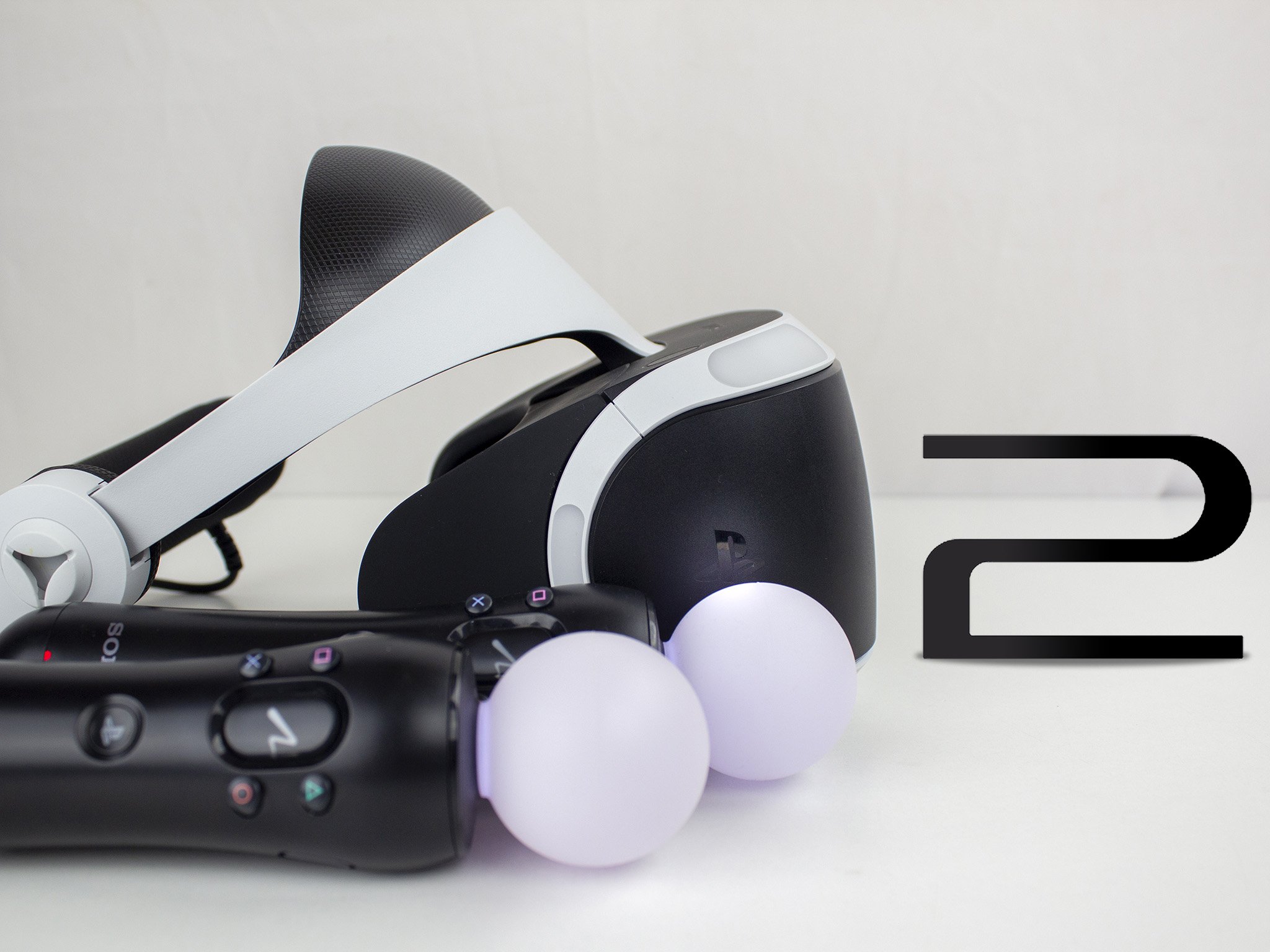
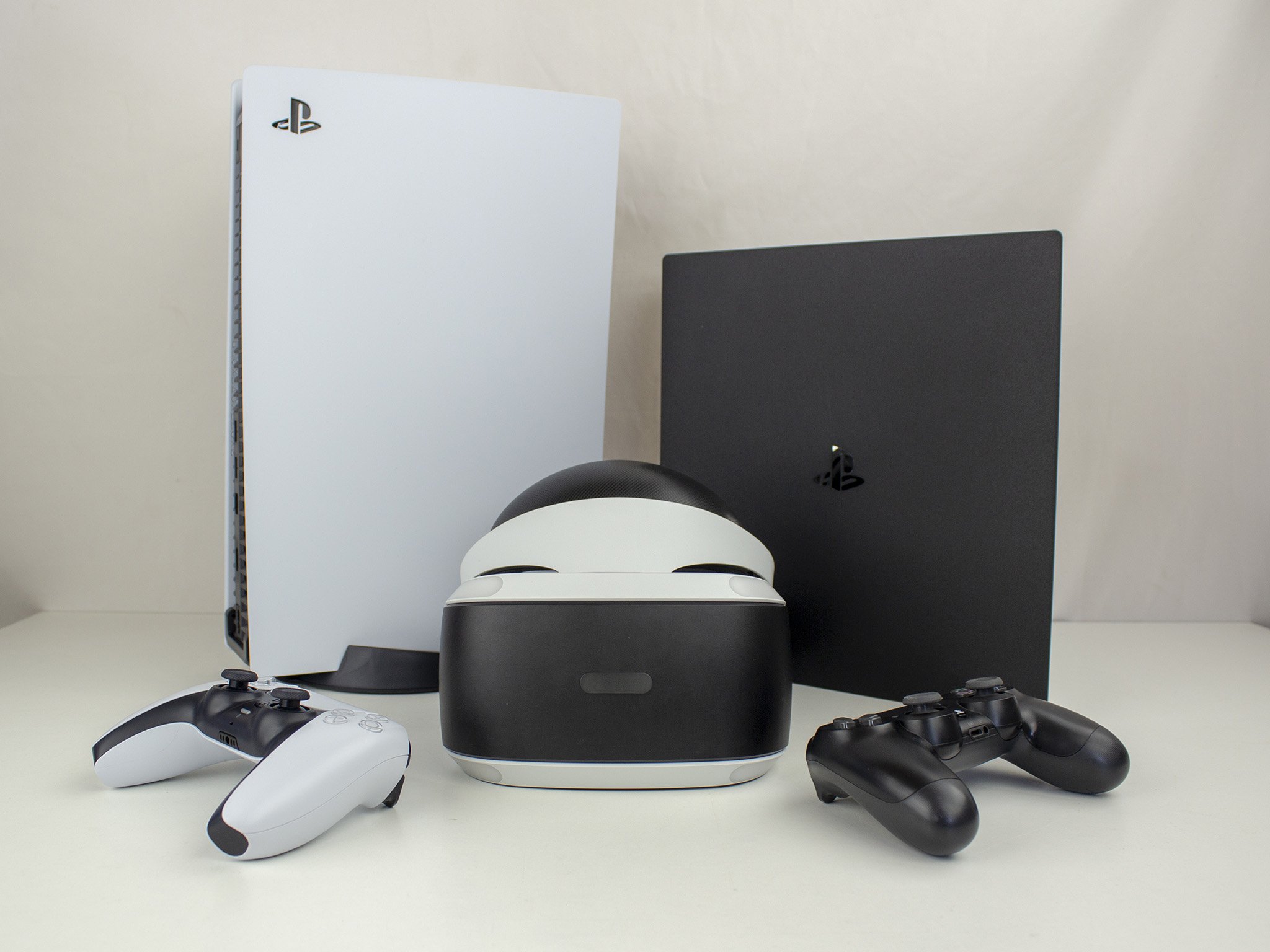
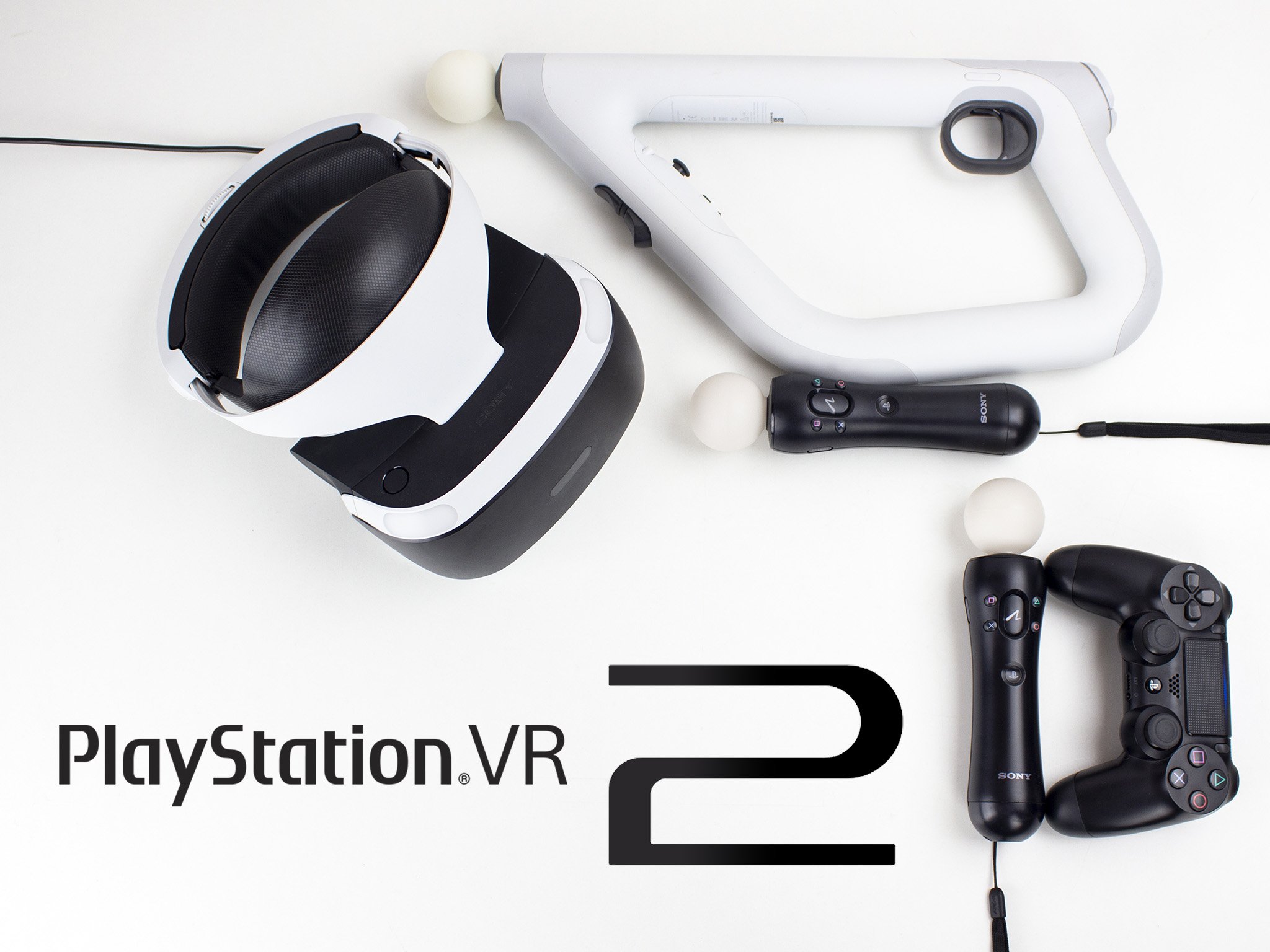
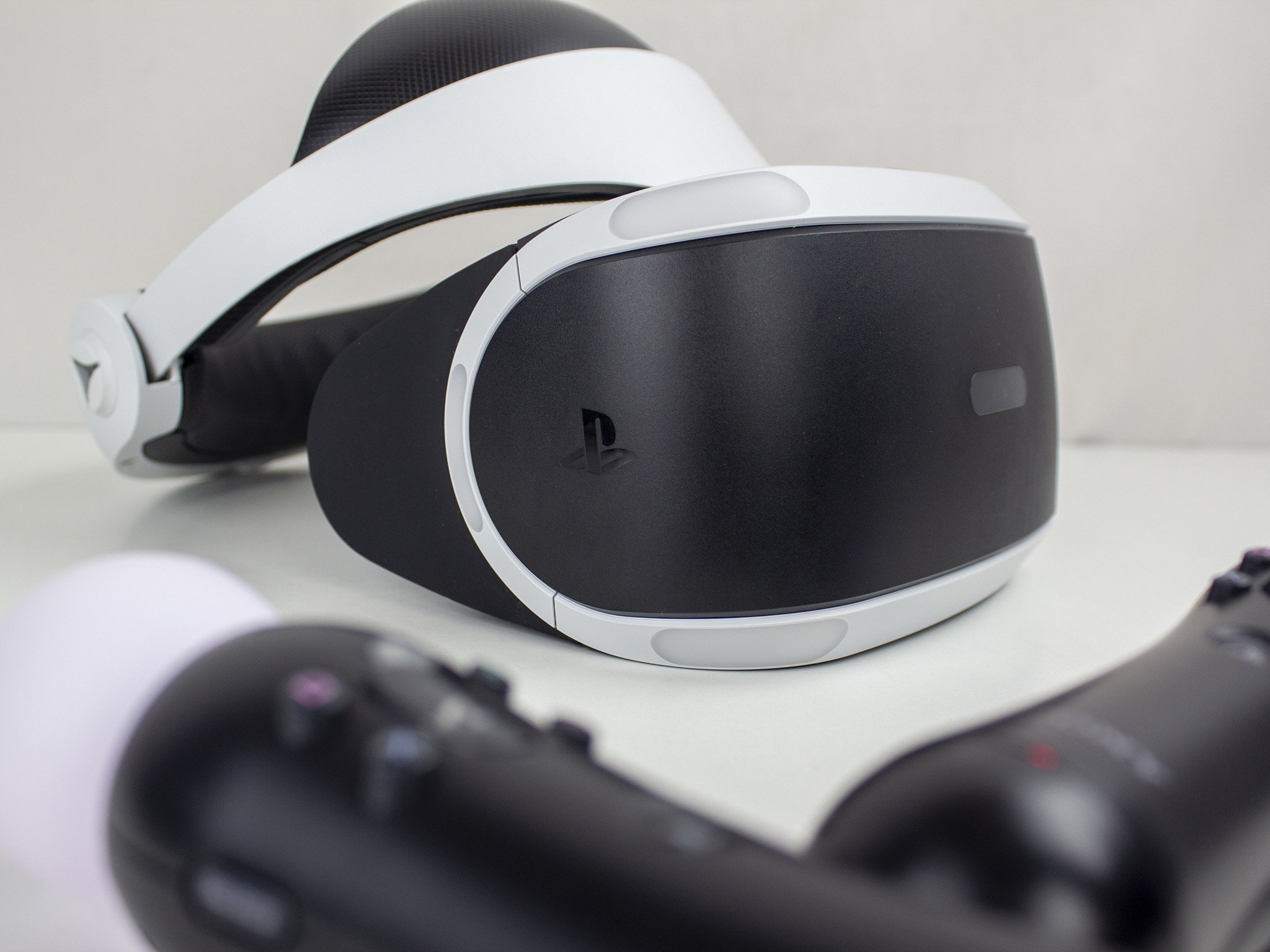
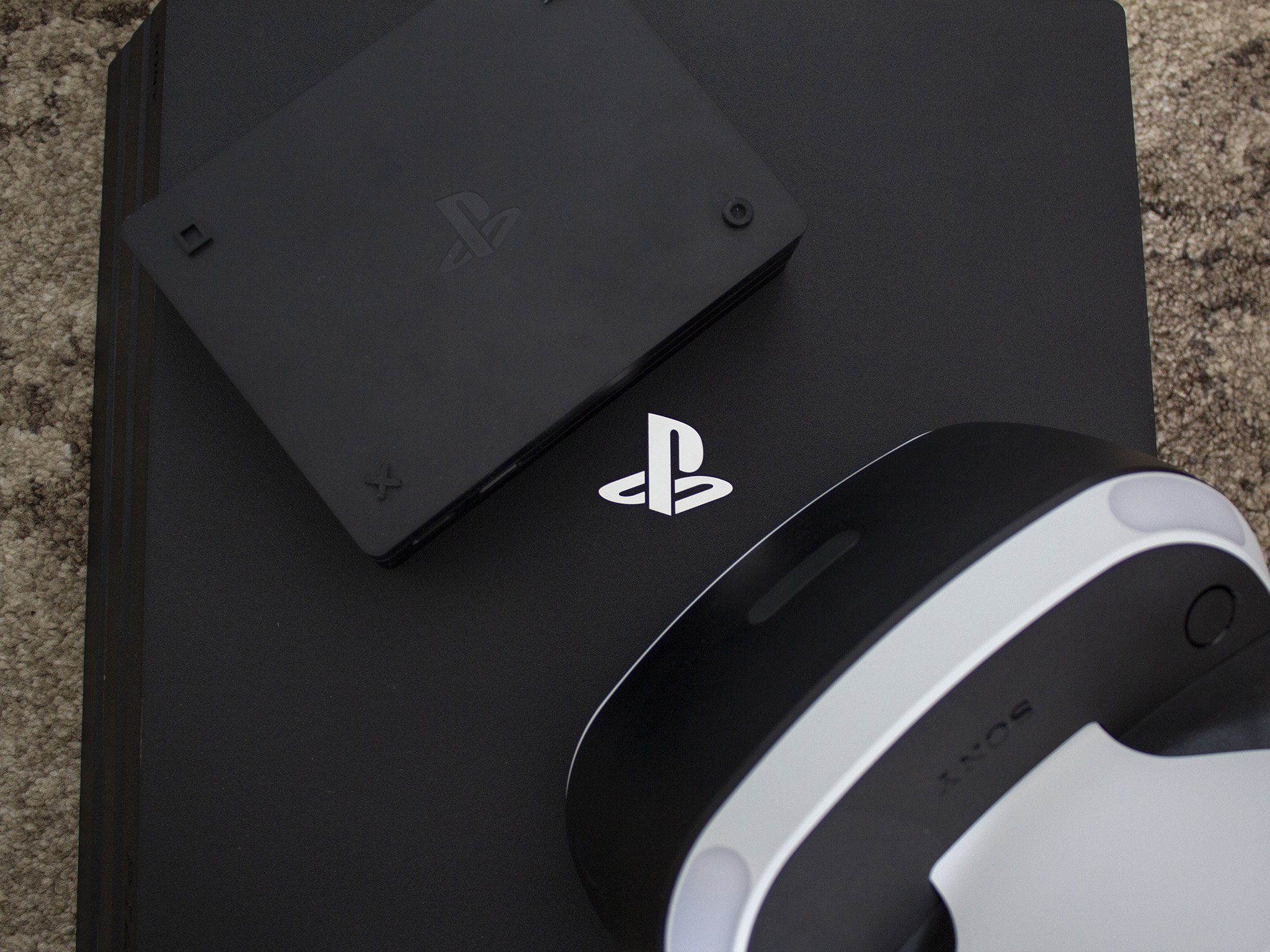
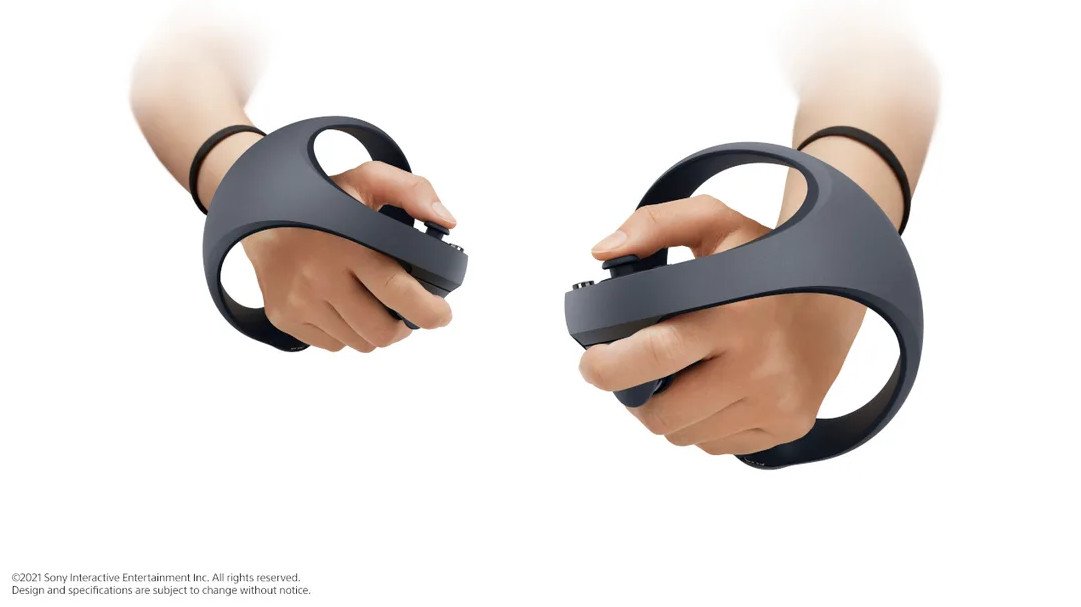
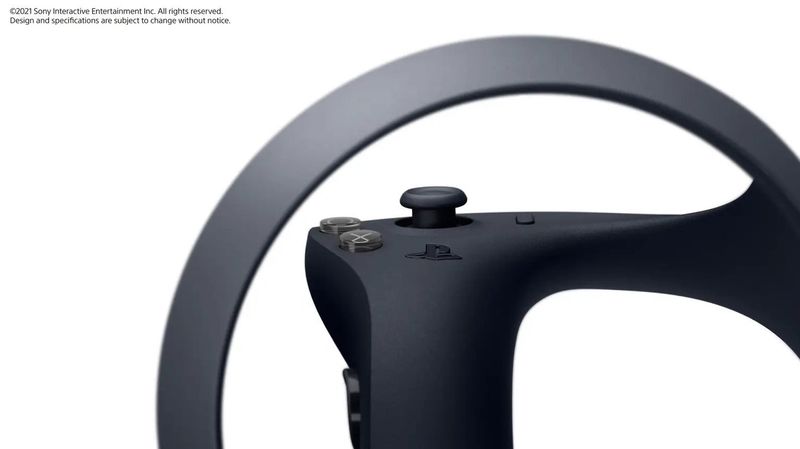
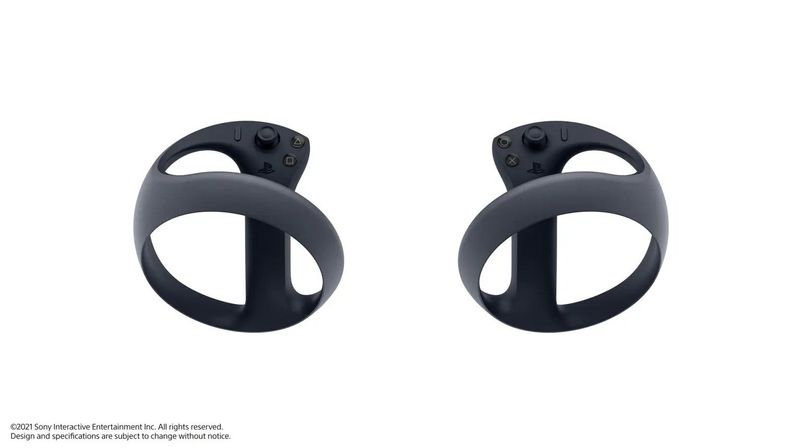
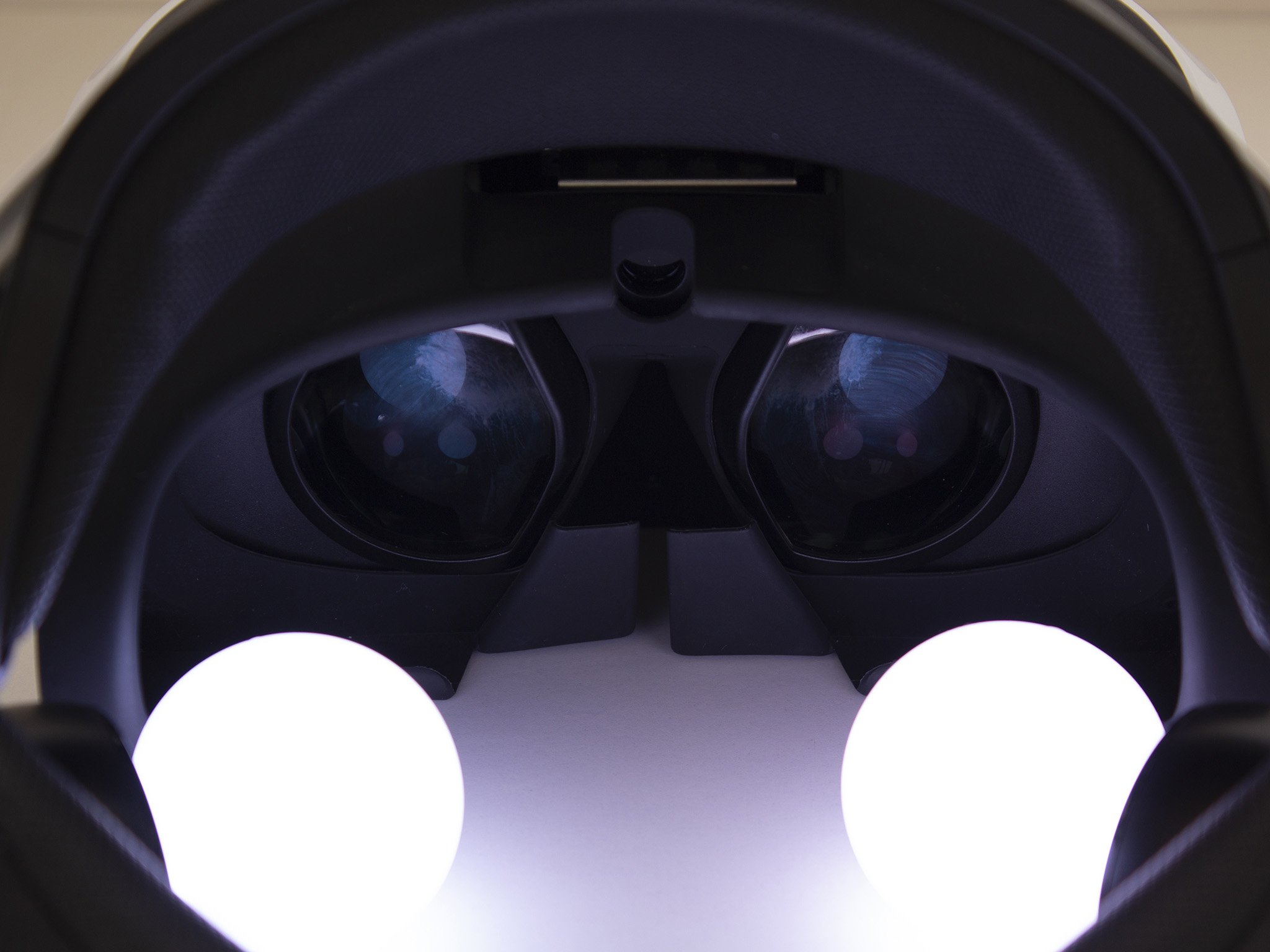
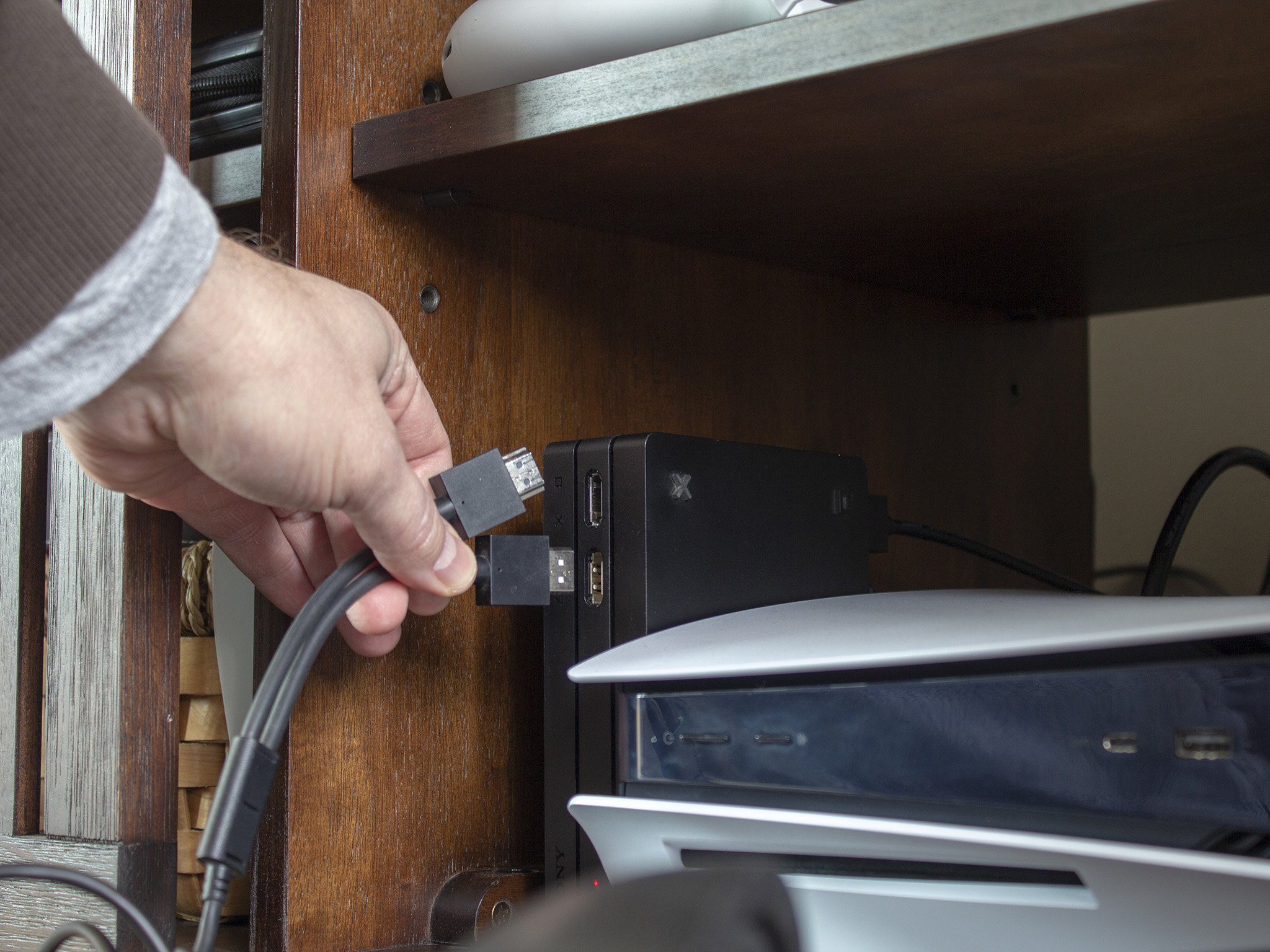
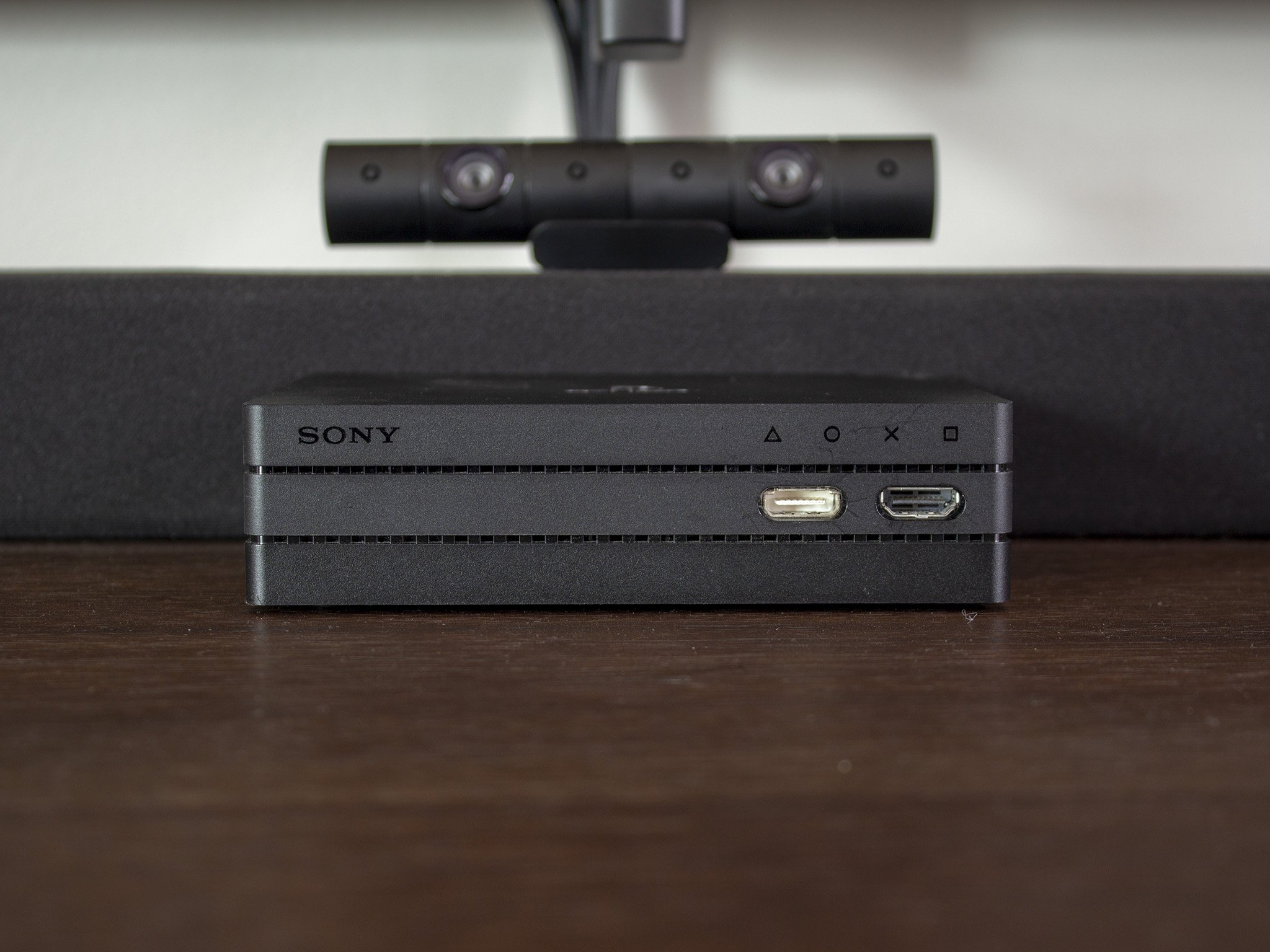
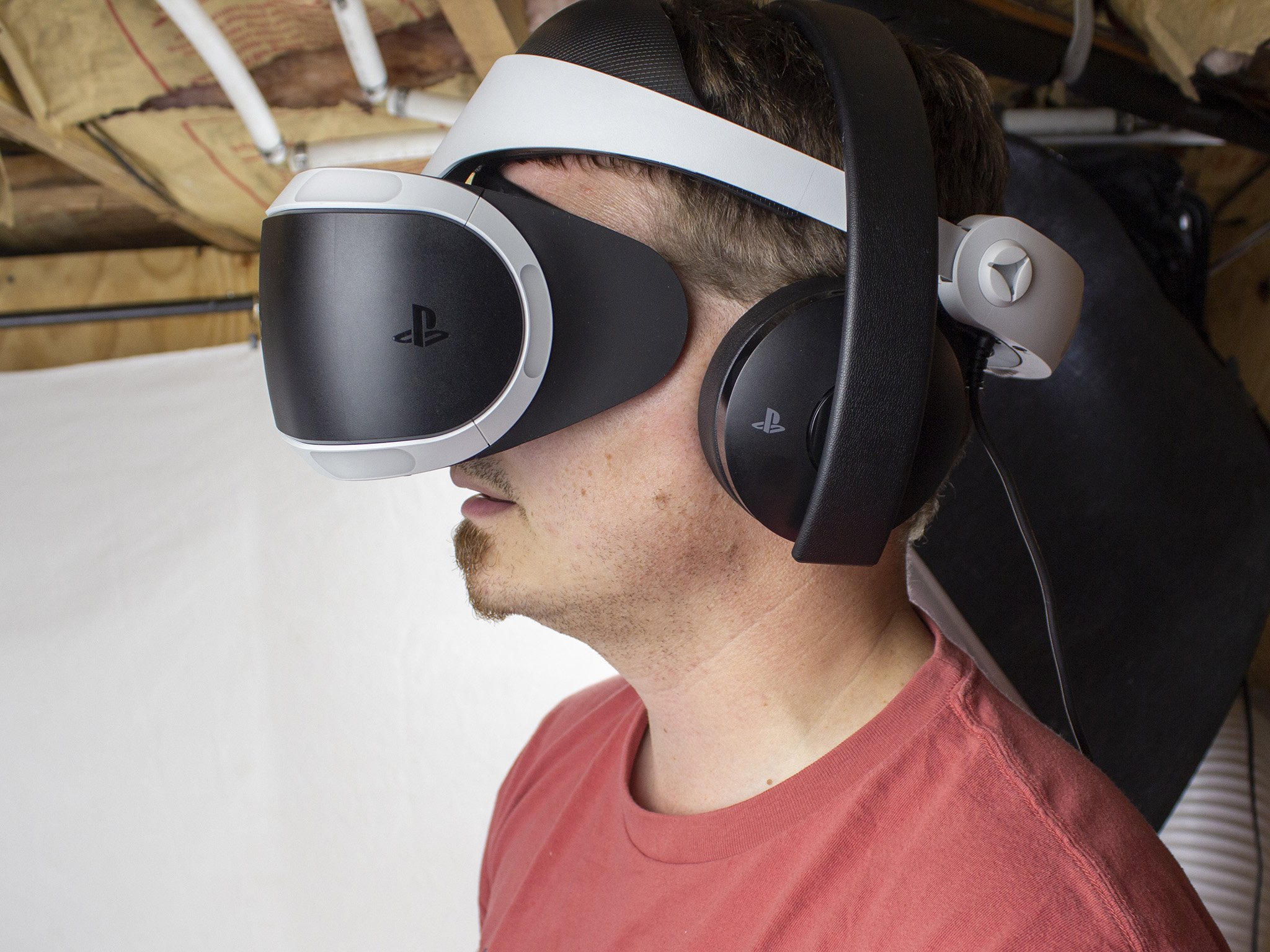




Post a Comment